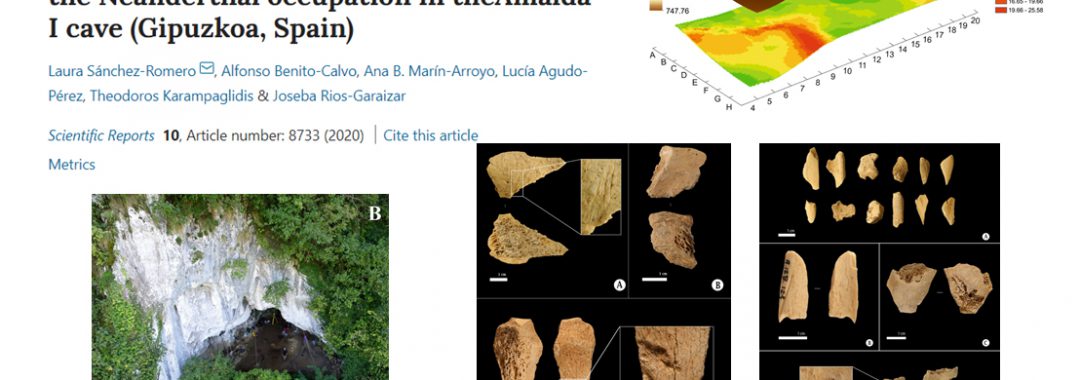A multidisciplinary research achieved by Spanish members of the University of Cantabria-IIIPC, the CENIEH and the University of California allows disentangling the occupation patterns between the late Neanderthal groups of Northern Iberia and carnivores in Amalda I Cave (Basque Country, Northern Iberia.
Just published in Scientific Reports, the spatial distribution of the lithic tools and animal remains, the taphonomy on the non-identifiable macromammal fragments and new chronological data had provided new insights about the formation of Level VII at Amalda I and the alternation on the use of the cave by humans and carnivores.
Among other funded bodies, this research was carried out within the ABRUPT project (HAR2017-84997-P) funded by the Ministry of Science, Innovation and Universities and SUBSILIENCE ERC-CoG project (818299) by ERCEA, both led by Ana B. Marín-Arroyo
Publication:
2020 Sánchez-Romero, L.; Benito-Calvo, A.; Marín-Arroyo, A.B.; Agudo-Pérez, L.; Karampaglidis, T.; Rios-Garaizar, J. New insights for understanding spatial patterning and formation processes of the Neanderthal occupation in the Amalda I cave (Gipuzkoa, Spain). Scientific Reports 10, 8733

